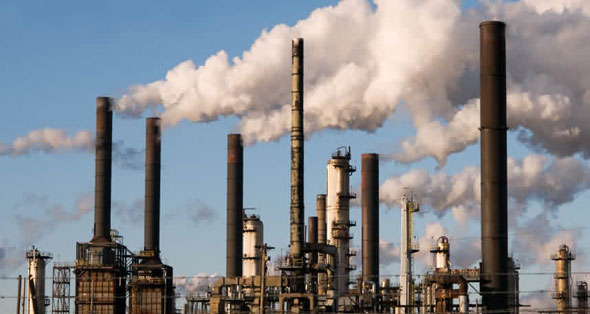Three Of Four Transboundary Air Pollutants Emissions Of Nitrogen Oxide
Under the National Emission Ceilings Directive, Ireland was required to limit emissions of four transboundary air pollutants in 2010.
Provisional figures from the EPA show emissions of three of these pollutants (sulphur dioxide, volatile organic compounds and ammonia) were below the emission ceilings in 2010.
Emissions of the fourth pollutant, nitrogen oxide, were above the 2010 emission ceiling. The transport sector is the main source of nitrogen oxide (NOx) emissions, accounting for 51% of NOx emissions in 2010.
The EPA today published information on Ireland s position in relation to meeting its 2010 obligations under the National Emissions Ceilings Directive (NEC Directive). The figures show the trends for four key air pollutants over the period 1990 to 2010. These pollutants are sulphur dioxide (SO2), nitrogen oxides (NOx), volatile organic compounds (VOC) and ammonia (NH3) and they are responsible for long-range transboundary air pollution such as acidification, eutrophication and ground-level ozone pollution.
The European Community, through the NEC Directive, limits emissions of these four pollutants by 2010 and each year thereafter, through country specific national ceilings. These provisional figures for 2010 were recently reported to the European Commission by the EPA. The figures will be finalised in December 2012 and thereafter, the European Commission will assess Ireland s compliance under the NEC Directive.
This latest information from the EPA shows levels of sulphur dioxide, volatile organic compounds and ammonia were below the 2010 emission ceilings. Reductions in these three pollutants have been achieved through a diverse range of measures including effective licencing and enforcement by the EPA, stricter regulation of VOC emissions from vehicles and declining animal numbers in the agriculture sector.
There has been a significant reduction in nitrogen oxide (NOx) emissions over the period 1990 to 2010. However, nitrogen oxide (NOx) emissions continue to pose a challenge with emission levels 7.6 ktonnes above the 2010 limit. Although reductions in NOx levels from the transport sector have been delivered through technological improvements these have not been as substantial as originally anticipated. Advances in emission controls have been largely off-set by large increases in vehicle numbers and fuel use during a time of significant economic growth over the period 1990 to 2008.
Commenting on the figures Laura Burke, Director General, EPA said:
The reduction in Ireland s emissions of these four transboundary air pollutants is welcome. Ireland has achieved significant reductions across each of these pollutants since 1990, delivering environmental and health benefits through reductions in acidification, eutrophication and ground-level ozone pollution. Emissions of sulphur dioxide, volatile organic compounds and ammonia are below the 2010 emission ceilings. However, in spite of substantial reductions, nitrogen oxide emissions continue to pose the greatest challenge with these latest figures showing that Ireland is exceeding its 2010 limit. Limiting nitrogen oxide emissions, in particular from the transport sector, with cost-efficient and feasible measures in future years will be challenging.
The agriculture sector accounts for 98 per cent of ammonia (NH3). NH3 emissions are 9.8 ktonnes below the 2010 ceiling which is a positive outcome in terms of meeting obligations under the NEC Directive. However, limiting and reducing NH3 emissions into the future could be problematic given the strong performance of the agriculture sector in line with the ambitious targets of Food Harvest 2020.





Leave a Reply